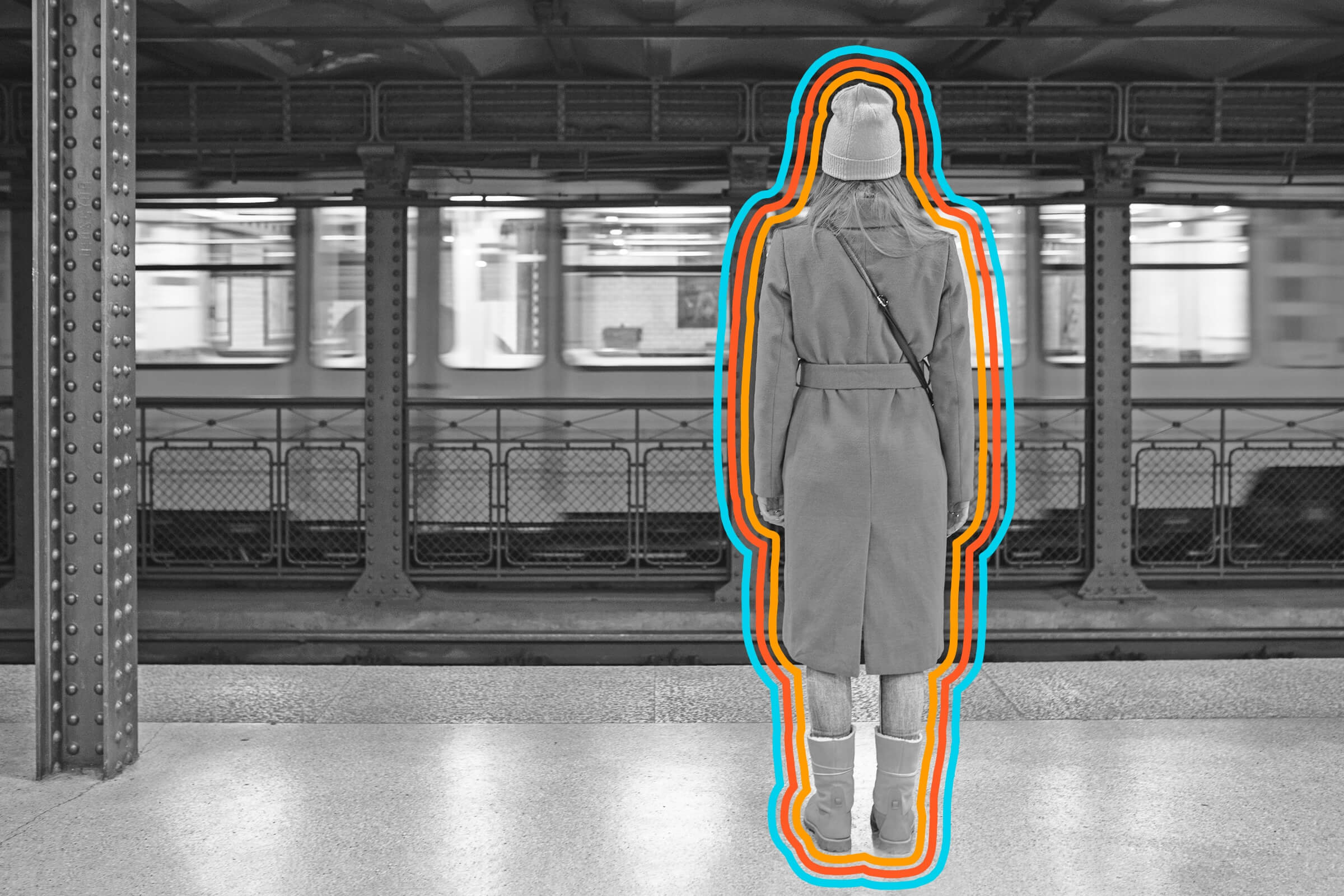
New York City subway cars have been dumped into the Atlantic to create artificial reefs.
New York City’s subway system is one of the largest in the world, operating 24 hours a day, seven days a week, in a city of more than 8 million people. Subway cars undergo a lot of wear and tear thanks to their near-constant use, and once no longer useful for human commuters, some of the trams have been sent to accommodate a new type of passenger: fish. More than 2,500 of New York City’s old subway cars have been dispatched to the bottom of the Atlantic Ocean, where they are used as artificial reefs.
Normally, dumping scrap metal into the ocean would be frowned upon, but reusing old subway cars along the East Coast’s ocean floor has actually benefited some underwater ecosystems. New York’s Metropolitan Transit Authority (MTA) began the reef-building program for its decommissioned subway cars in 2001; the cars were stripped down to their metal hulls before barges dropped them into the ocean between New Jersey and Georgia. While some of the cars have disintegrated, at least 1,000 are made from anti-corrosive carbon steel and can last indefinitely underwater, serving as homes for fish, invertebrates, and underwater plants. Proponents of the artificial reef system say the subway cars have allowed ecosystems to flourish where they might not have; the Atlantic’s coastal waters in the area are known for being particularly sandy and lacking many of the natural features necessary for quality aquatic habitats. While the MTA program ended in 2010, it was supported by the fishing and scuba diving tourism industries — and many scientists, who report that subway car reefs have provided 400 times more food for fish per square foot than previously existed.
Exploring the deep sea is incredibly difficult. Doing so often requires special equipment that counteracts a lack of air and the intense underwater pressure, which is why in 1970, the National Oceanic and Atmospheric Administration (NOAA) debuted its Hydrolab, an underwater research station that gave marine scientists the ability to remain on the ocean floor for days to weeks at a time. More than 700 researchers called the Hydrolab home over a 15-year span, using the tiny three-bunk vessel — which measured just 16 feet long by 8 feet high — to further understand coral reefs and other underwater habitats in the Bahamas, St. Croix, and the U.S. Virgin Islands. NOAA discontinued the Hydrolab program in 1985 following more than 85 missions, replacing the four-person vessel with an improved version called Aquarius. The original Hydrolab was transferred to the Smithsonian in 1986, where it became the largest human-made object ever transported to the museum for exhibition.

